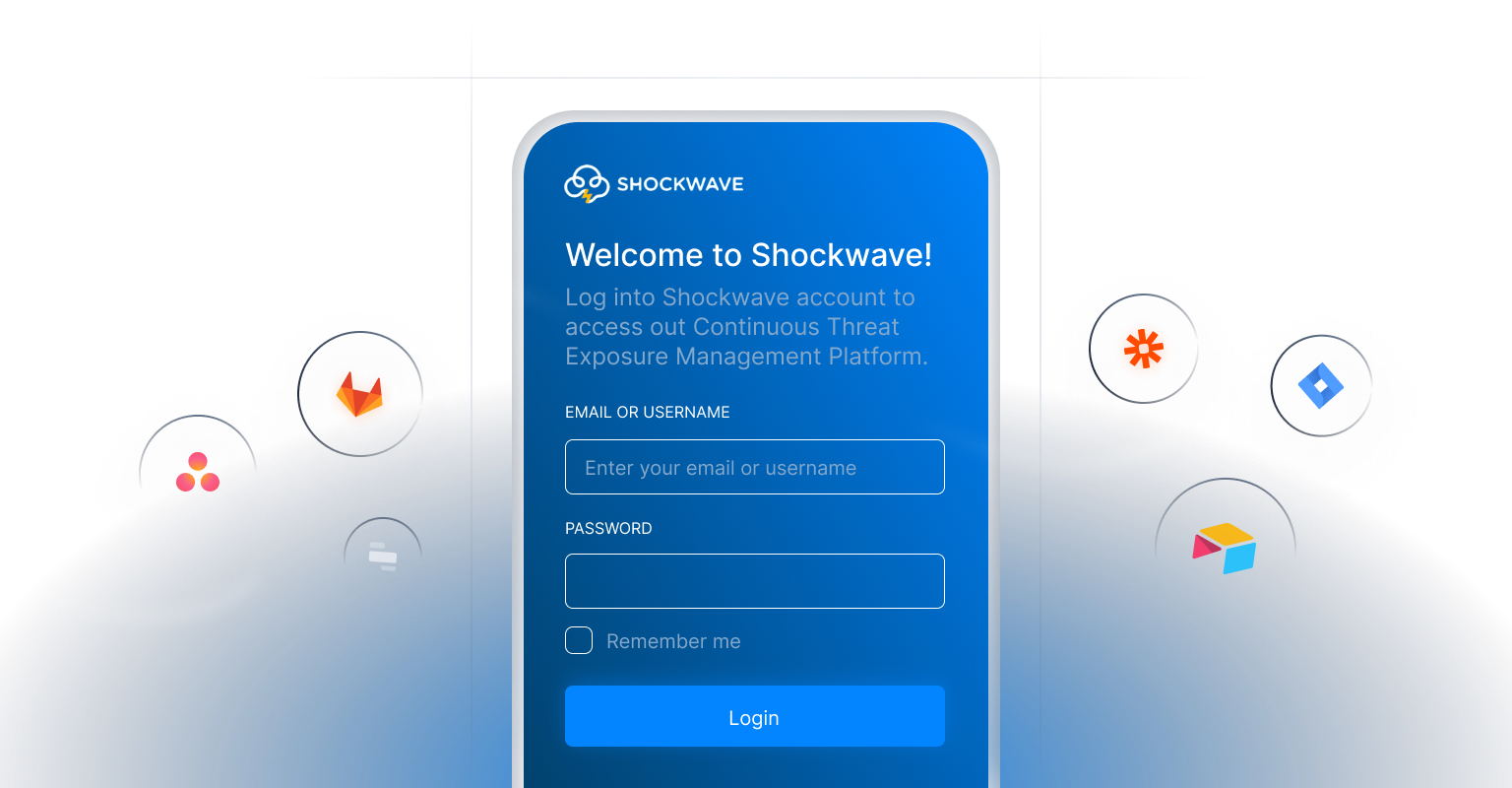.svg)
.svg)
Manage all your assets in One, Centralized Platform.
Shockwave is dedicated to make security teams life easier, while ensuring your externally facing assets are protected.
Utilizing our cutting-edge Attack Surface & Continuous Threat Exposure platform, we enable your teams to tackle cybersecurity gaps before they're been exploited.
Through precise, false-positive-resistant alerts or rather proactive exploration of our platform to easily pinpoint security misconfigurations, we provide robust protection to comprehensively strengthen your external attack surface.
.svg)
.svg)
.svg)
Faster. Smarter.
Shockwave's platform is built by Hackers and consistently outperforms them.
We have digested the Attack Surface & Threat Exposure space for over 5 years in several set of roles, and came up with a product that disrupts the old, legacy industry.
.svg)
More than a SaaS Product
Unlike other platforms, Shockwave continuously assesses your attack surface for the most immediate threats, constantly updated with the latest research and always improving - It's not only a product - that's a partnership.

.svg)
Spot issues faster
Explore our diverse range of capabilities and get to know the extensive features offered by Shockwave's Next-Gen Attack Surface & Continuous Threat Exposure Management platform.
.svg)
Why trust us?
Shockwave's platform has already proven its worth against the world's most secure organizations and Fortune 500 companies, the platform's underlying technology identified hundreds of critical, exploitable vulnerabilities that would have led to serious incidents.
Identify un-intended network-based exposures within publicly accessible unusual ports.
Discovery of DNS Assets from BlackBox Perspective, using propriety techniques.
Probe & Correlate the externally facing HTTP Servers that belong to your organization.
Get Insights about your public Tech Stack, Technologies, 3rd Parties, Admin Portals.
AI Assistant trained on your data to assist with identifying and mitigating threats.
Vulnerability scan across your assets and alerts only on validated, exploitable issues.
Continuously assess your digital footprint for old and new CVEs & CISA KEV Publications .
Rapid, Continuous monitor of your assets to identify new exposures and misconfigurations.
Fine-Tune Shockwave's DAST Scanner for your company needs using Nuclei & Caido.
.svg)
Flexible plans and features
Cut down old, legacy vendors and double down protecting your digital infrastructure.
Get a flexible, purpose-built tool to help your security teams overcome externally facing threats.
.svg)


.svg)
.svg)






.png)
.svg)
.svg)
.png)


.png)
%201.png)

.svg)
.svg)
